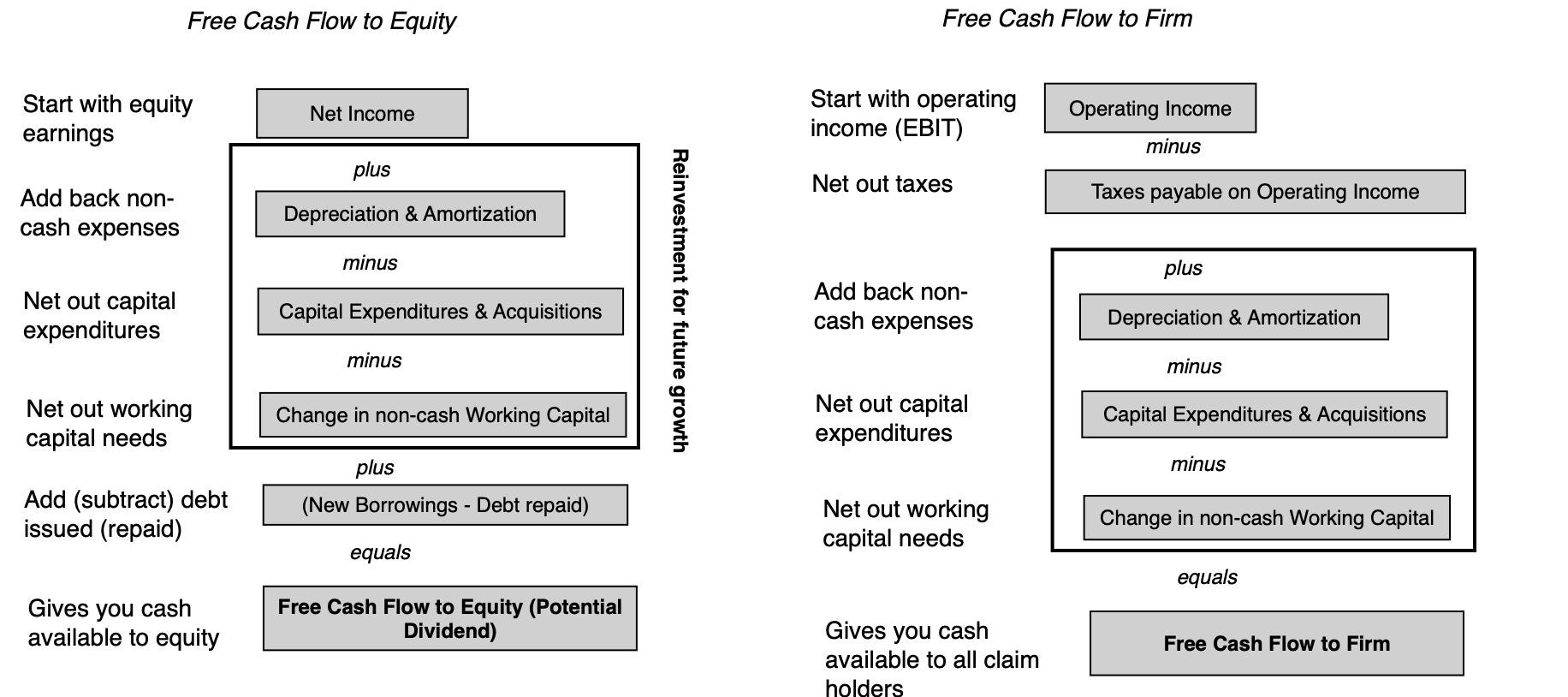

Finance
Advance Refunding Definition
Published: October 2, 2023
Learn the definition and importance of advance refunding in finance. Discover how this concept can save money and optimize financial strategies.
(Many of the links in this article redirect to a specific reviewed product. Your purchase of these products through affiliate links helps to generate commission for LiveWell, at no extra cost. Learn more)
The Advance Refunding Definition: Understanding the Basics of Finance
Welcome to our Finance category blog post on the advance refunding definition! If you’re looking to gain a better understanding of finance and how it can benefit your personal or business life, you’re in the right place. In this blog post, we’ll dive deep into the concept of advance refunding, shedding light on its definition, benefits, and how it can play a crucial role in managing your financial resources effectively.
Key Takeaways:
- Advance refunding enables individuals and businesses to refinance existing debt at lower interest rates.
- By taking advantage of low-interest rates, advance refunding can help save money and improve cash flow.
So, What is Advance Refunding?
First things first – what exactly does advance refunding mean in the world of finance? Advance refunding is a strategy that allows individuals, companies, or municipalities to refinance their existing debt by issuing new bonds or securities with lower interest rates. Essentially, it is a way to take advantage of favorable market conditions to replace higher-cost debt with debt at lower interest rates.
Now, let’s break down the concept further and explore some key points about advance refunding:
1. Lower Interest Rates:
One of the primary reasons why individuals and entities choose to advance refund their debt is to take advantage of lower interest rates. By refinancing their current debt with bonds or securities at lower interest rates, they can achieve substantial savings. This reduction in interest rates can lead to better cash flow and more financial flexibility.
2. Improved Cash Flow:
Refinancing through advance refunding not only allows for lower interest rates but can also improve cash flow. By reducing the amount of interest payments required, individuals and organizations have more funds available for other financial obligations or investments. This improved cash flow can contribute to overall financial stability and growth.
Benefits of Advance Refunding:
Now that we have a clear understanding of what advance refunding is and its key components, let’s take a look at some of the benefits it offers:
- Cost Savings: Advance refunding provides an opportunity to save money by lowering interest expenses. This can be particularly beneficial when interest rates are low or when an individual or organization’s creditworthiness has improved. By reducing interest costs, more funds can be allocated towards other critical areas.
- Financial Planning: By taking advantage of advance refunding, individuals and entities can enhance their financial planning capabilities. The ability to secure more favorable financing terms creates opportunities for better managing and organizing debt or investment portfolios. It can also help in aligning financial resources with long-term goals and objectives.
In conclusion, advance refunding is a powerful financial strategy that allows individuals, businesses, and municipalities to refinance existing debt at lower interest rates, resulting in cost savings and improved cash flow. By understanding the basics of advance refunding, you can unlock new financial possibilities and make informed decisions when it comes to managing your finances.
That wraps up our deep dive into the advance refunding definition within the finance realm. We hope you found this blog post informative and helpful. Stay tuned for more fascinating finance insights coming your way!














